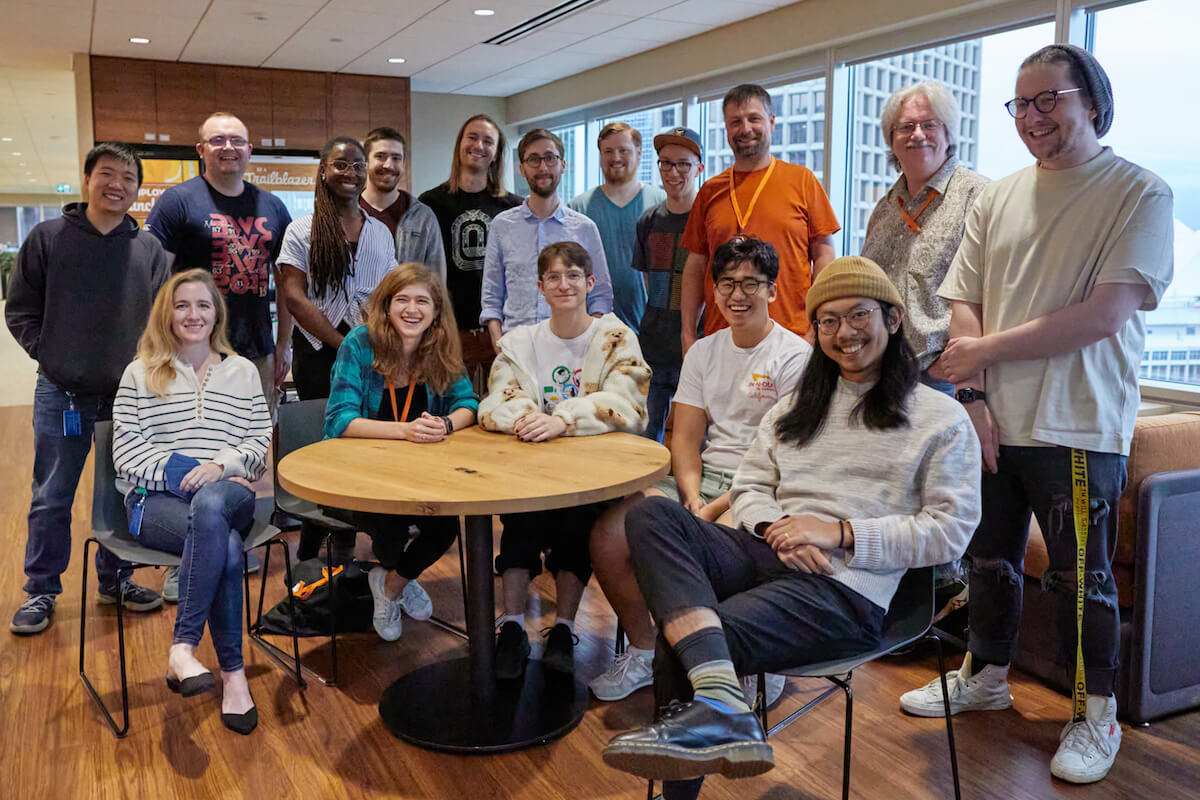告别 Windows 7/8/8.1
Electron 将从 Electron 23 开始停止对 Windows 7、Windows 8 和 Windows 8.1 的支持。
¥Electron will end support of Windows 7, Windows 8 and Windows 8.1 beginning in Electron 23.
符合 Chromium 的弃用政策,Electron 将从 Electron 23 开始终止对 Windows 7、Windows 8 和 Windows 8.1 的支持。这与微软将于 2023 年 1 月 10 日终止对 Windows 7 ESU 和 Windows 8.1 扩展 的支持相吻合。
¥In line with Chromium’s deprecation policy, Electron will end support of Windows 7, Windows 8 and Windows 8.1 beginning in Electron 23. This matches Microsoft's end of support for Windows 7 ESU and Windows 8.1 extended on January 10th, 2023.
Electron 22 将是支持 Windows 10 以上版本的最后一个 Electron 主要版本。Electron 23 及更高主要版本将不支持 Windows 7/8/8.1。旧版本的 Electron 将继续在 Windows 7 上运行,我们将继续为 Electron 22.x 系列发布补丁,直到 2023 年 5 月 30 日 Electron 将终止对 22.x 的支持(根据我们的 支持时间表)。
¥Electron 22 will be the last Electron major version to support Windows versions older than 10. Windows 7/8/8.1 will not be supported in Electron 23 and later major releases. Older versions of Electron will continue to function on Windows 7, and we will continue to release patches for Electron the 22.x series until May 30 2023, when Electron will end support for 22.x (according to our support timeline).
为什么要弃用?
¥Why deprecate?
Electron 遵循计划中的 Chromium 弃用政策,该政策将在 Chromium 109(点击此处了解更多关于 Chromium 时间线的信息)中弃用支持。Electron 23 将包含 Chromium 110,它将不再支持旧版本的 Windows。
¥Electron follows the planned Chromium deprecation policy, which will deprecate support in Chromium 109 (read more about Chromium's timeline here). Electron 23 will contain Chromium 110, which won’t support older versions of Windows.
因此,包含 Chromium 108 的 Electron 22 将成为最后一个受支持的版本。
¥Electron 22, which contains Chromium 108, will thus be the last supported version.
弃用时间表
¥Deprecation timeline
以下是我们计划的弃用时间表:
¥The following is our planned deprecation timeline:
-
2022 年 12 月:Electron 团队即将进入假期静默期
¥December 2022: The Electron team is entering a quiet period for the holidays
-
2023 年 1 月:所有受支持的版本分支均接受与 Windows 7 和 8 相关的问题。
¥January 2023: Windows 7 & 8 related issues are accepted for all supported release branches.
-
2023 年 2 月 7 日:Electron 23 已发布。
¥February 7 2023: Electron 23 is released.
-
2023 年 2 月 8 日 - 2023 年 5 月 29 日:Electron 将继续接受对 Electron 23 之前版本支持的修复。
¥February 8 2023 - May 29 2023: Electron will continue to accept fixes for supported lines older than Electron 23.
-
2023 年 5 月 30 日:Electron 22 已达到其支持周期的结束日期。
¥May 30 2023: Electron 22 reaches the end of its support cycle.
这对开发者意味着什么:
¥What this means for developers:
-
Electron 团队将接受与 Windows 7/8/8.1 相关的问题和修复,以支持稳定的产品线,直到每个产品线达到其支持周期的结束。
¥The Electron team will accept issues and fixes related to Windows 7/8/8.1 for stable supported lines, until each line reaches the end of its support cycle.
-
这特别适用于 Electron 22、Electron 21 和 Electron 20。
¥This specifically applies to Electron 22, Electron 21 and Electron 20.
-
-
对于 Electron 23 之前的 Electron 版本,将接受与 Windows 7/8/8.1 相关的新问题。
¥New issues related to Windows 7/8/8.1 will be accepted for Electron versions older than Electron 23.
-
任何较新的发行版将不再接受新问题。
¥New issues will not be accepted for any newer release lines.
-
-
一旦 Electron 22 达到其支持周期的结束,所有与 Windows 7/8/8.1 相关的现有问题都将被关闭。
¥Once Electron 22 has reached the end of its support cycle, all existing issues related to Windows 7/8/8.1 will be closed.
2023/02/16:Windows Server 2012 支持更新
¥2023/02/16: An update on Windows Server 2012 support
上个月,谷歌宣布 Windows Server 2012 和 Windows Server 2012 R2 的 Chrome 109 将继续接收关键安全修复 将持续到 2023 年 10 月 10 日。因此,Electron 22(Chromium 108)的计划生命周期终止日期将从 2023 年 5 月 30 日延长至 2023 年 10 月 10 日。Electron 团队将继续将此计划中的任何安全修复程序反向移植到 Electron 22,直到 2023 年 10 月 10 日。
¥Last month, Google announced that Chrome 109 would continue to receive critical security fixes for Windows Server 2012 and Windows Server 2012 R2 until October 10, 2023. In accordance, Electron 22's (Chromium 108) planned end of life date will be extended from May 30, 2023 to October 10, 2023. The Electron team will continue to backport any security fixes that are part of this program to Electron 22 until October 10, 2023.
请注意,我们不会为 Windows 7/8/8.1 提供额外的安全修复。此外,正如之前宣布的那样,Electron 23(Chromium 110)将仅在 Windows 10 及更高版本上运行。
¥Note that we will not make additional security fixes for Windows 7/8/8.1. Also, Electron 23 (Chromium 110) will only function on Windows 10 and above as previously announced.
下一步是什么
¥What's next
如果你有任何问题或疑虑,请随时写信至 info@electronjs.org。你还可以在我们的官方 Electron Discord 中找到社区支持。
¥Please feel free to write to us at info@electronjs.org if you have any questions or concerns. You can also find community support in our official Electron Discord.

